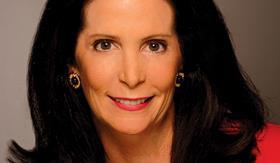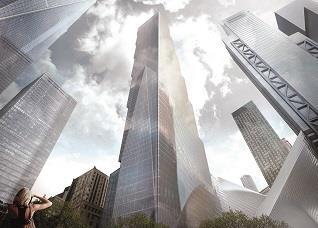Of all the urban property markets in the US, perhaps none has been more closely watched in recent years than Lower Manhattan.

There has been worldwide interest in seeing the district achieve a full-scale recovery. And the state of the property market is a good measure of where the renaissance stands today.
At the end of 2013, despite more than a decade of dedicated investment, the Downtown market was full of available space. The class-A vacancy rate stood at 14.9%, barely down from 15.1% in November, a figure that marked the highest vacancy rate since 2004.
Also, the imminent completion of One World Trade Center in 2014 was poised to put nearly more than 1m sq ft onto the market, which could add up to 1.2% to the vacancy rate. The Downtown market appeared to be looking at an extended period of high vacancy, with little likelihood of rent rises.
What a difference a year makes! By the end of 2014, the class-A vacancy rate in the Downtown market stood at 11.9%, as new leasing rose to the highest level in more than a decade - and as nearly 4m sq ft of space was taken off the market.
The remarkable improvement was the result of programmes put into place years ago that finally started to come to fruition last year. While the rebuilding of the office buildings at the World Trade Center campus has rightly been a focal point of redevelopment, there have been other projects - including a major transportation hub at nearby Fulton Street - that have increased the area’s appeal to tenants. A major office-and-retail renovation is unfolding at Brookfield Place, opposite the World Trade Center. And, significantly, the 9/11 Memorial Museum opened to the public in 2014.
Meanwhile, new residential development and new hotels have been completed. Once strictly a nine-to-five zone, the district now stands as one of New York’s most affluent and fastest-growing residential communities, with more than 62,000 residents. It is home to 20 hotels with more than 4,650 rooms and there are some 3,500 more in the pipeline.
Redevelopment is by no means complete. One more World Trade Center building is under construction; retail development of the World Trade Center, which will deliver 365,000 sq ft of world-class shopping, dining and amenities, is moving forward; and the Santiago Calatrava-designed World Trade Center Transportation Hub will soon link to 11 subway lines and form part of a multi-modal service to New Jersey.
However, with these changes under way, tenants have taken a fresh look at Downtown as a location. In 2014, a raft of traditional Midtown tenants signed leases to move there, including Time Inc, Revlon, and Hudson’s Bay Company (Saks Fifth Avenue). Further, the Bank of New York, a large Downtown tenant, opted to stay in the district by moving to a new location in Brookfield Place.
These and other decisions to commit to Downtown led to the signing of more than 622,450 sq m of new leases, the largest volume of new leasing since 1999.
New Yorkers - and the world - have been witnessing the metamorphosis of Lower Manhattan, which is making great strides towards achieving its full and long-awaited turnaround.
Tara Stacom is executive vice chairman at Cushman & Wakefield
































No comments yet